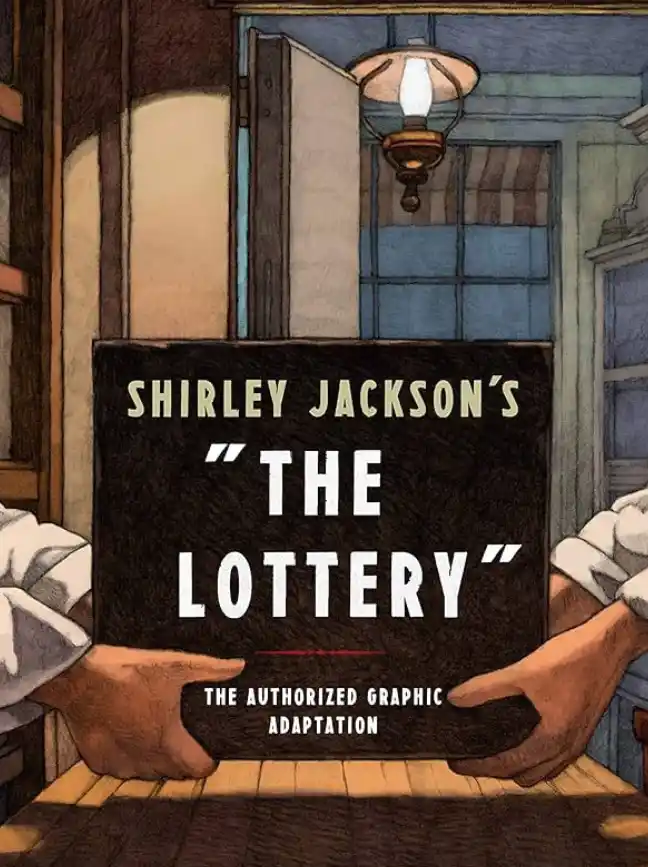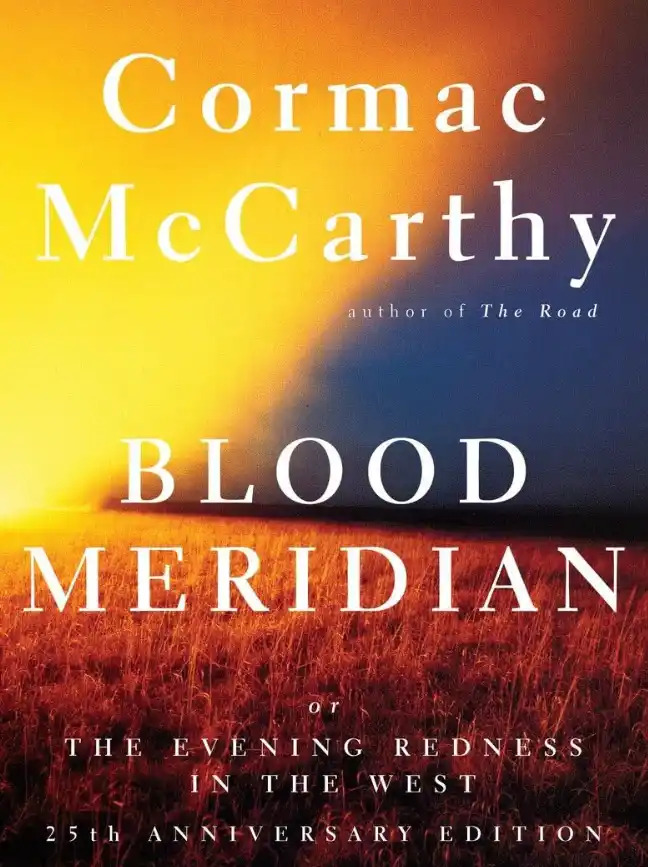The conference room fell silent. Ty was about to elaborate on his theory when Bishop broke the silence.
“That’s completely absurd.” “Why?” Helen asked.
“Think about it,” Bishop said. “How would whoever is broadcasting even know the genome of someone on Earth?”
Ty opened his mouth to respond, but a knock on the door interrupted him. Bishop jerked the handle and cracked the door. “We’re busy.”
A marine slipped his hand in, offering a sealed envelope.
It was clear to Ty then just how secure the Origin Project was being with communications—no digital messages or voice calls. Written notes only. Whoever had sent the message wasn’t even willing to call Bishop using the phone on the conference table.
The DARPA scientist took the envelope and closed the door without a word. He ripped it open and scanned it, eyes racing back and forth like an old typewriter. After reading it, he let the page fall back to his side, allowing Ty to see that there were only two lines written there.
Bishop seemed deep in thought. “What is it?” Helen asked.
“They’ve constituted the first file—the schematic,” Bishop said absently, staring at the wall. “Ty’s right. It is a collider. A small one. Small enough to fit in the palm of your hand.” He looked up at Ty. “How’d you know?”
“I just… it just seemed obvious to me.”
Richter stepped toward Bishop. “If he’s right about the device, he is likely correct about the genomes.”
“Maybe.” Bishop slipped the page into his pocket.
“Sandy,” Helen said. “Even if you disagree, his theory is easy to test.”
He looked up at her. “No. It’s not. His assertion is many things. Surprising? Definitely. Brilliant? Possibly. Easy to test? Hardly. I mean, even decoding the quantum data at LHC was a monumental task.” Bishop glanced from Richter to Helen. “The two of you have no idea the stops we had to pull out—the sheer volume of computing power we had to requisition. Practically everything at DoD and NSA. CIA too. We even broke up the sorting job into batches and shipped it off to commercial grids
—Amazon Web Services, Google Cloud Platform, and Microsoft Azure.”
Bishop paced the room. “What you’re talking about—comparing the genomes that were broadcast on the quantum radio with existing sequenced genomes—is on a completely different scale. And that even presupposes we had the genomic data to compare. We don’t. There are nearly eight billion humans alive on the planet. We—the United States government—between NIH data and other sources, might have a few million sequenced human genomes. At best. We’re talking about a data set that is one-tenth of one percent of the entire human population. The prospect of getting a hit is remote. It’s a needle in a haystack. But the other update I just got is that the president’s been briefed. The decision has been made to compare the president’s genome against the four. And the vice president, cabinet, and Congress.”
“Why?” Ty asked, then instantly realized the truth. “Wait—they think the genomes are of world leaders. Or future world leaders.”
“It’s the obvious conclusion,” Bishop said.
“Are they going to build the machine?” Richter asked. “It’s being discussed,” Bishop replied.
That surprised Ty. “Why wouldn’t they?” “The obvious,” Richter said.
Ty was still confused. “Which is?”
“You’re still thinking like a scientist.”
Ty couldn’t help feeling attacked by the comment. “Occupational hazard,” he muttered.
“One I hope you never lose,” Richter said. “Think about it, Tyson. They expected a genomic printer. What was actually received is a collider. Do you recall the uproar surrounding the initial start-up of the LHC? The concerns about how it might destroy our world?”
“Indeed I do.”
“Consider what they see now: another collider, smaller, yes, but that only heightens their suspicion.”
“Why?”
“If you wanted to make something look safe and non-threatening, what would you do?”
“Make it small.”
“Correct. In the same way that the files in the data stream were obvious to you, Tyson, what that machine represents to the Department of Defense is obvious. Or so they think.”
Ty saw it then. “A bomb.”
“Precisely. If you were an alien civilization intent on wiping out threats across space and time and universes, what would be the most efficient means? Sending ships with troops and guns to invade? No. Of course not. That method, while exciting on TV, is terribly inefficient in reality. It’s time-consuming, and the threat of your technology falling into your enemy’s hands is too great a risk. What would any sufficiently advanced civilization use?” Richter asked.
“Science.” Ty nodded. “And human nature. Curiosity. You could simply send your enemies the means to annihilate themselves and wait for them to destroy their planet. So, the DoD thinks the collider is a sort of quantum Trojan horse—a device that we will create, turn on, and destroy our planet with?”
“Yes.”
“I don’t think it is,” Ty said.
“Why do you think that?” Bishop asked. “Gut instinct.”
Bishop rolled his eyes. “Well, we can’t risk the extinction of the human race on your gut instinct.”
“But,” Ty said, “you can compare a few hundred or a few thousand genomes pretty easily against what was broadcast.”
“What are you asking?”
“Do you have sequenced genomes for the people working on the Origin Project?”
Bishop eyed Ty. “Yes.” “Run the comparison.”
“Why? What do you know?” “Just a hunch.”
After a long silence, Bishop said, “Okay. Let me make a call.”
When Bishop left the room, Richter moved close to Ty and whispered, “Do you know who the genomes belong to?”
“No. Not for sure.”
“But you have an idea.” “The shape of one.”








